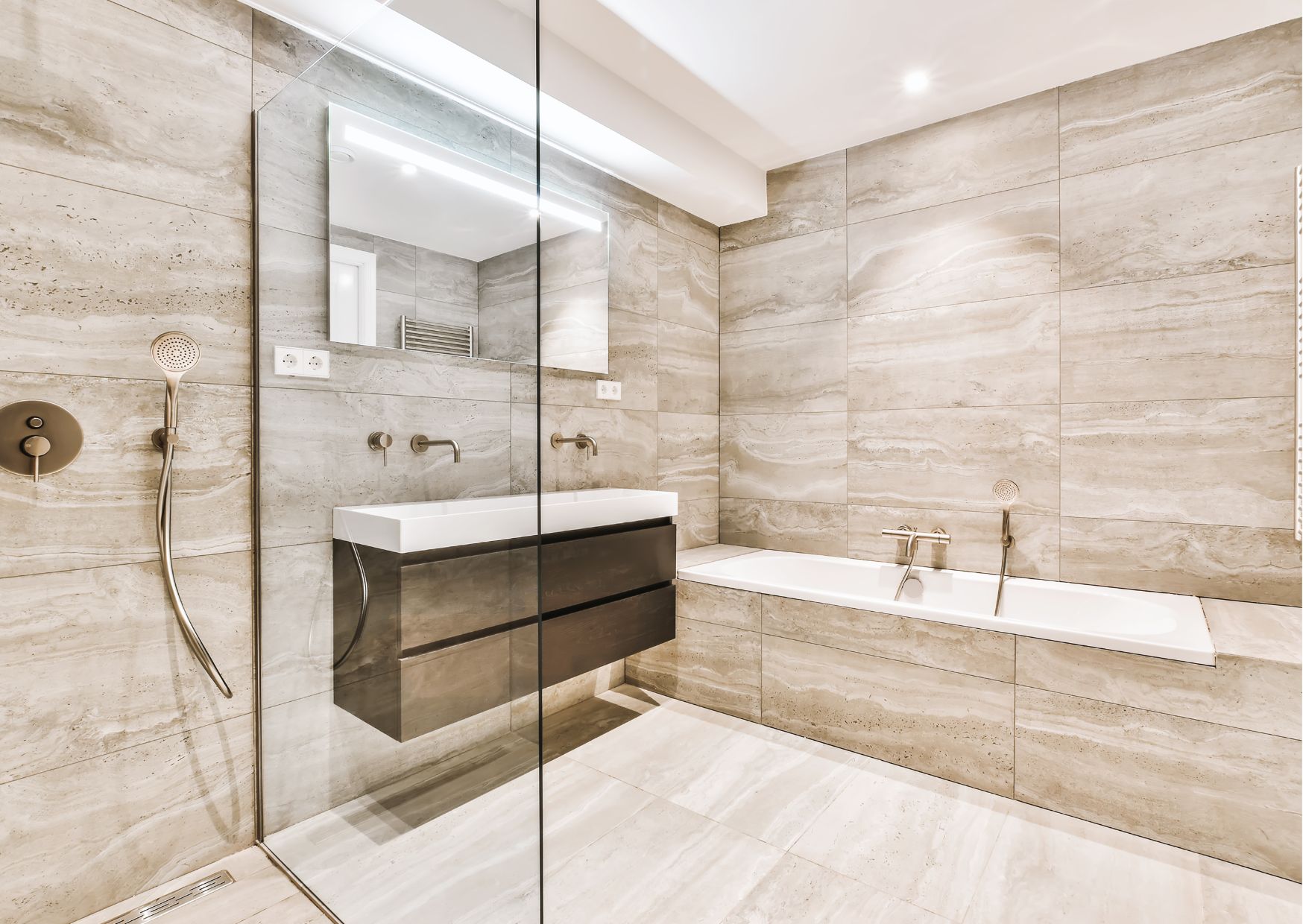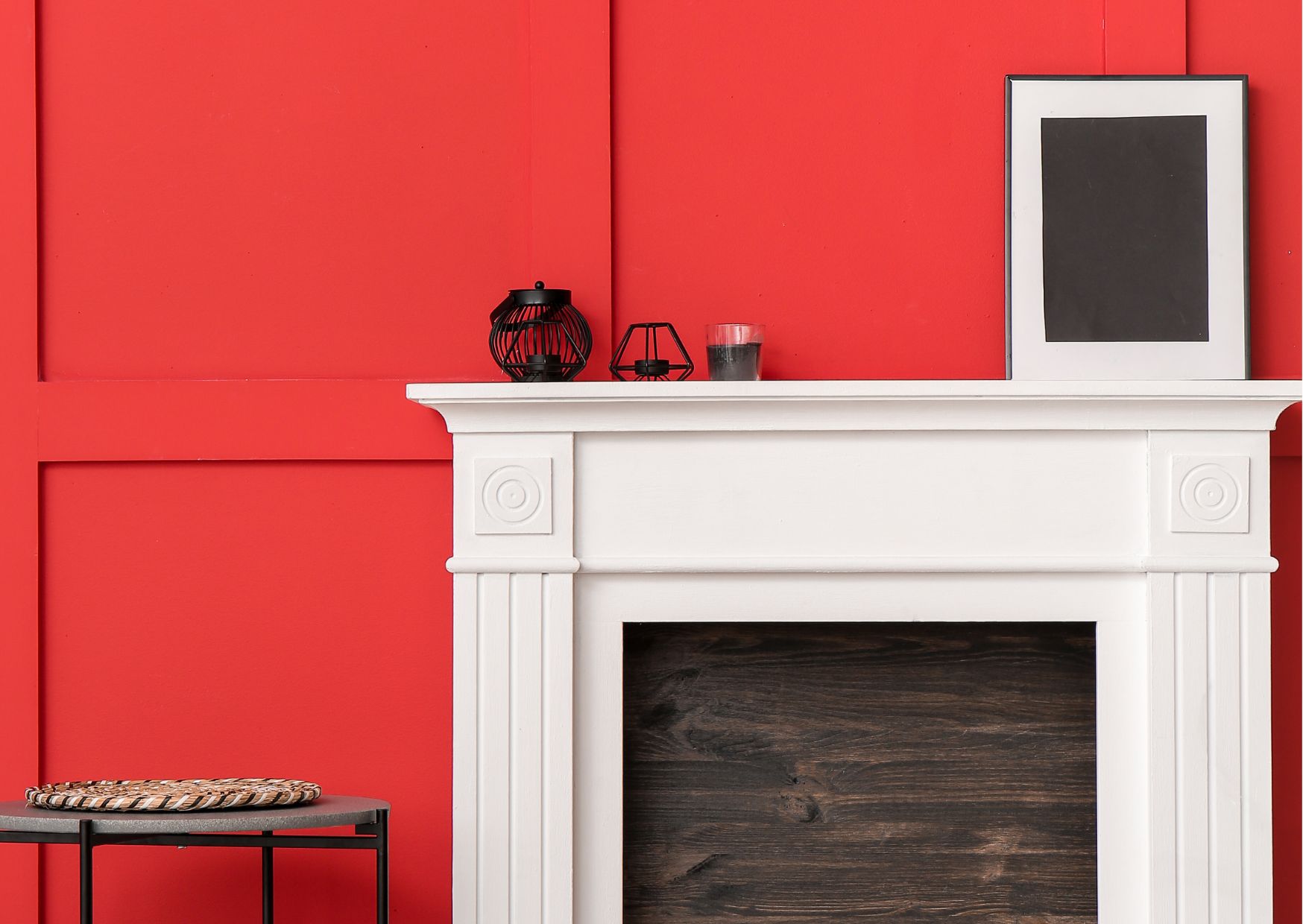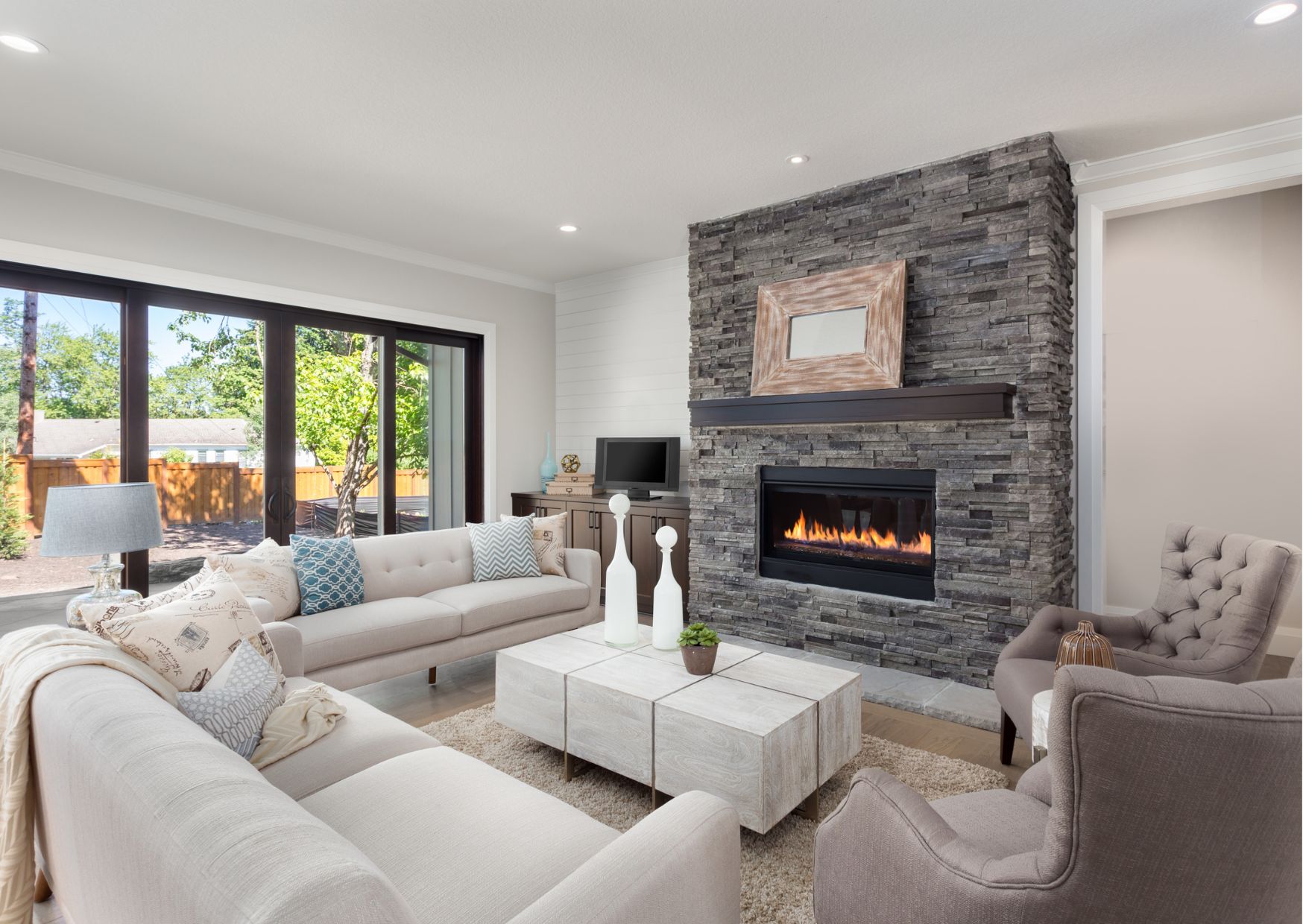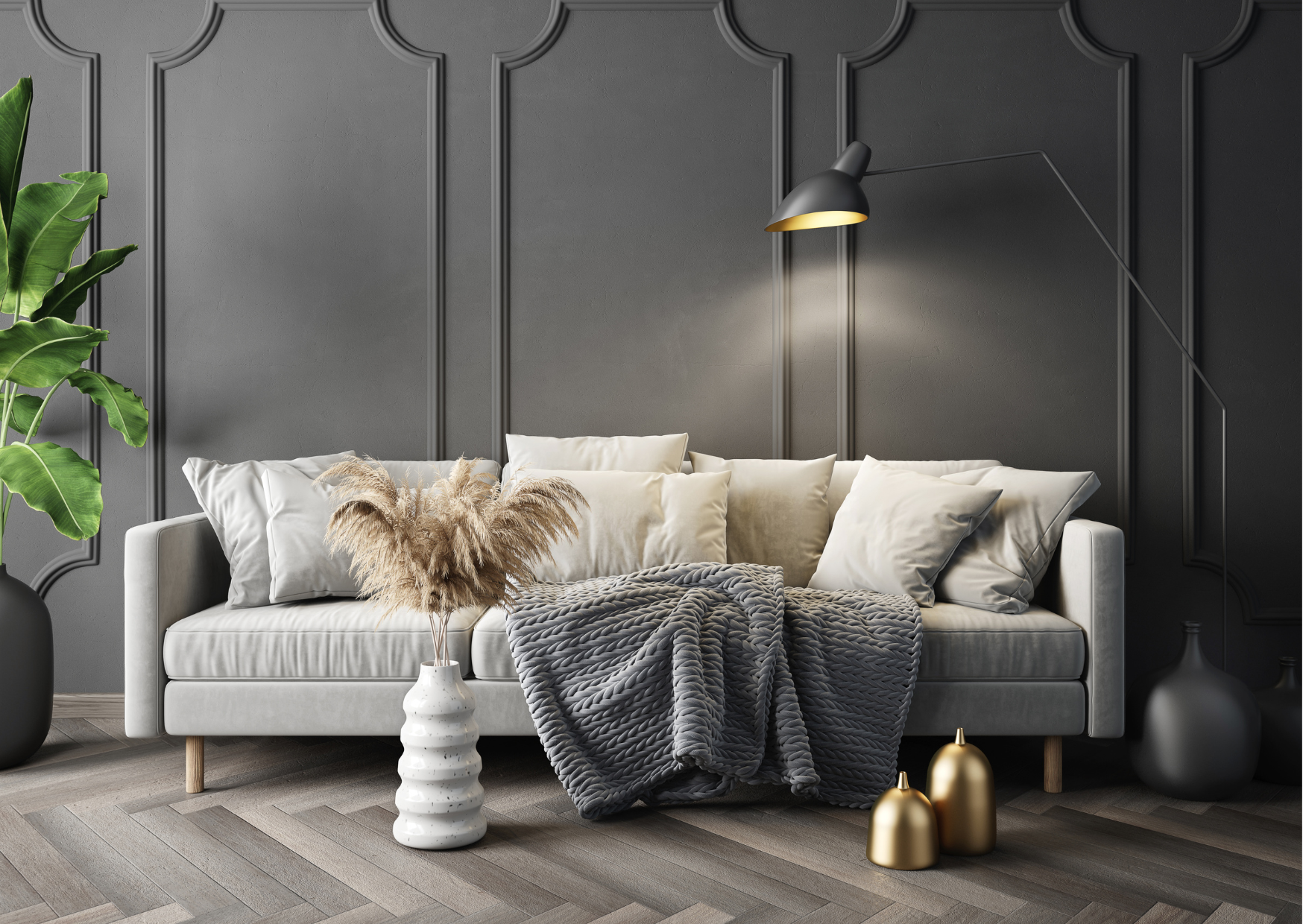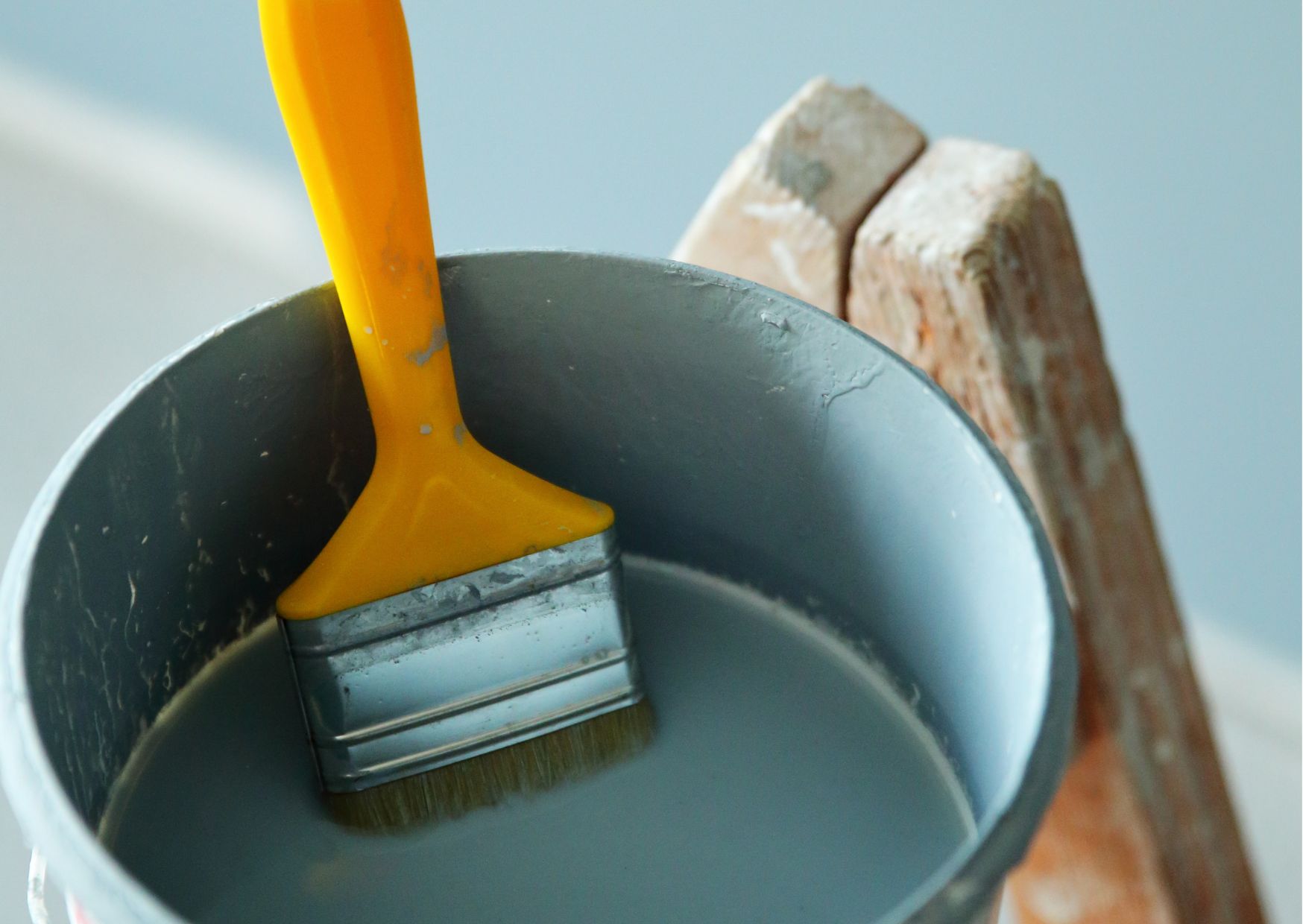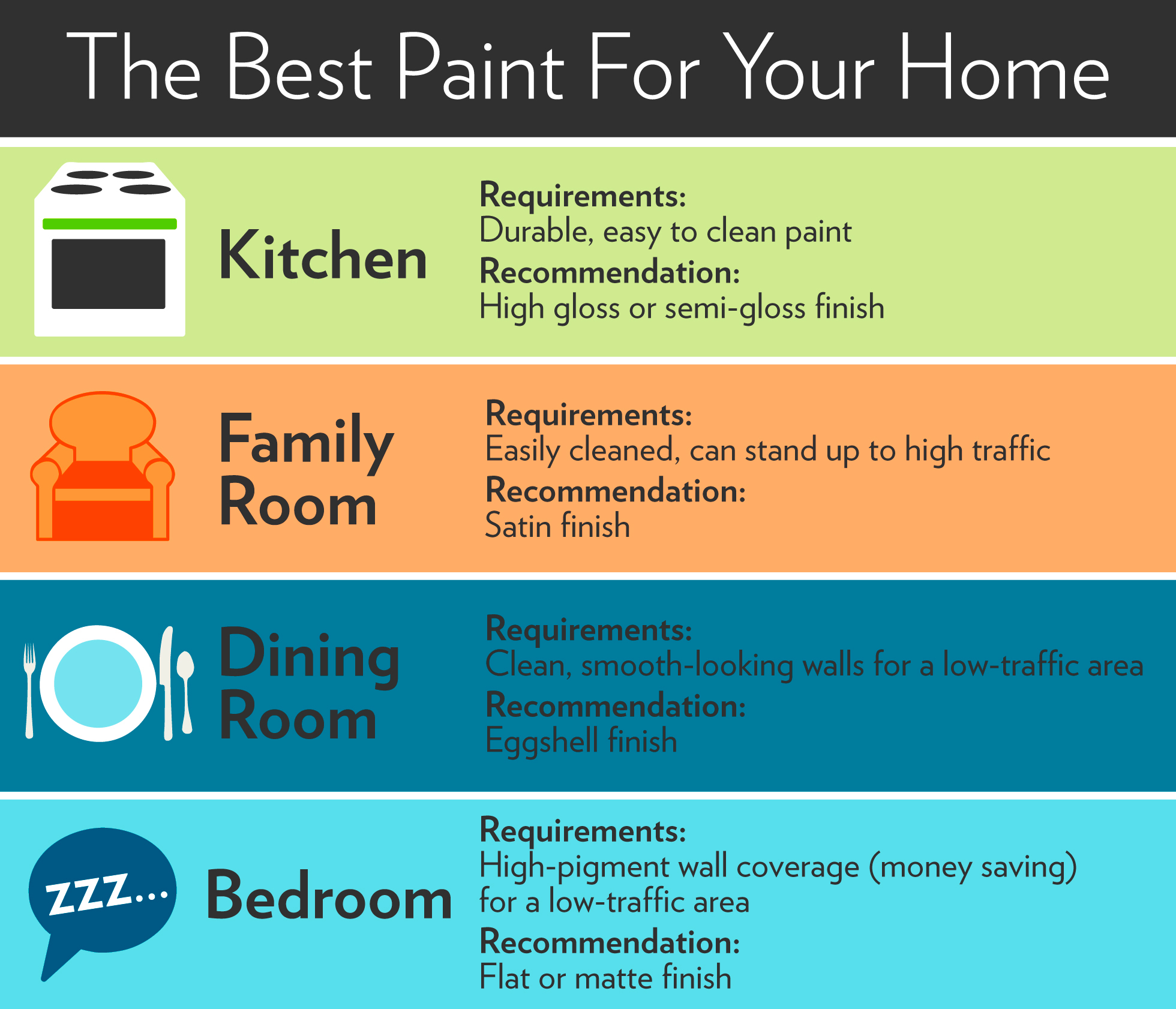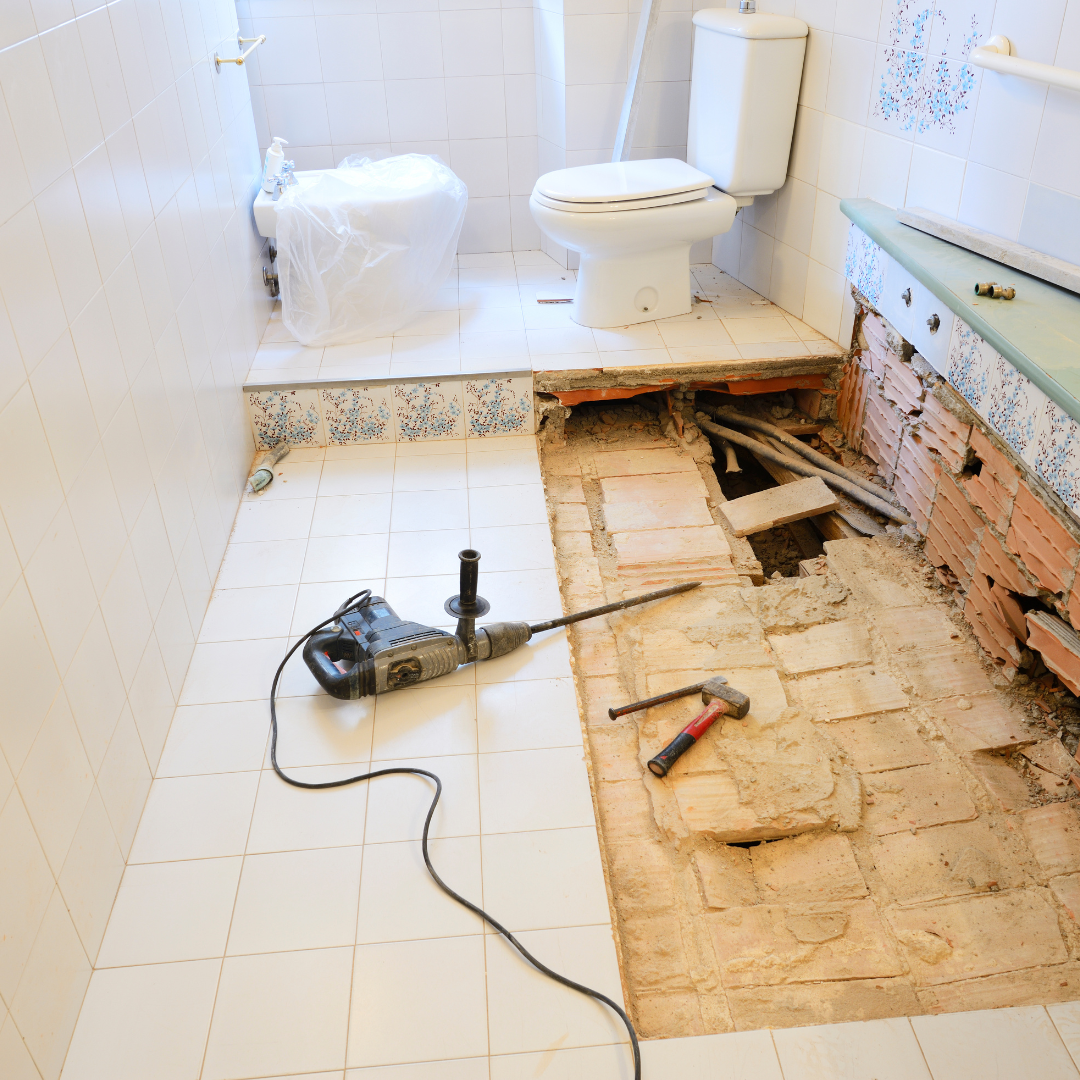Here’s how to DIY your way to the best zzzs — and mood — ever.

We spend a third of our lives passed out, tucked between the covers, drooling all over the pillow. But when it comes to home improvements, most of our projects benefit our waking selves. (Hello, new kitchen.)
Good sleep is essential to living our best life. So why not invest in it?
“You’re going to be a better partner, have a better outlook, and be a kinder, happier person,” says Terry Cralle, R.N., a certified clinical sleep educator with the Better Sleep Council.
Sign us up. And rest easy; while optimizing your home for better ZZZs means more than scoping out an amazing new mattress (though we totally endorse that splurge), it doesn’t have to cost a huge chunk of change. Here are 10 ways you can hack your bedroom for better sleep.
Embrace the Dark Side
Don’t take Melisandre of “Game of Thrones” at her word — the night may be dark, but it’s not full of terrors. It’s full of good sleep.
Even if you think you sleep better with a night-light on (or, God forbid, the overhead), Cralle says the effect of blackout shades and eliminating all other light sources might surprise you.
“When you don’t have a point of reference for how well you sleep in a really dark room, you don’t realize the difference,” she says. And getting shut-eye in the dark isn’t just a matter of better sleep: Nighttime light has also been linked to low melatonin levels.
Clear the Clutter
Your pile of unsorted laundry affects your sleep — as does your stack of late-night water glasses and overflowing knitting basket. Clutter causes stress, which keeps sleep at bay.
“Remove everything from your bedroom that isn’t bedroom-related,” Cralle says. “If you have a stack of bills, even if you’ve already paid them, it can be a source of stress.”
Sleeping alongside little messes can even turn into bigger problems. “People who doze in cluttered rooms are more likely to develop hoarding problems,” Cralle says. “It’s a vicious cycle. Don’t let it start.”
Get a Sweet Entertainment Center … in the Living Room
Watching an episode of “Friday Night Lights” while tucked under the covers might be your idea of relaxing, but Cralle calls electronics “a huge sleep stealer.”
Not only do screens keep your brain churning long after bedtime, but the blue-tinged light emitted by televisions and smartphones can affect your melatonin. And ambient light — like the red power light on your TV, or the orange glow from your phone charger — makes those blackout shades less effective.
If you’re desperate for your nighttime screen fix, install f.lux on your laptop, which tints your screen to reduce the harmful effects of blue light. And the latest iPhone update offers a similar feature called Night Shift.
Give Your Bedroom One Job (Okay, Two)
Your bedroom should be your bedroom — not your bedroom, your office, and your exercise room. Some homeowners decide forcing double- or triple-duty on their sleeping space is their only option, but if there’s anywhere else to put your desk or ancient treadmill, do it.
“The bedroom should be for sleep and romance only,” Cralle says. “You want it to be minimal in terms of furnishings and contents. Nothing should distract from the room’s purpose: to get a wonderful night’s sleep.”
Soundproof Like Mad
Tearing out the drywall to add soundproof insulation might be a bit drastic, but anything you can do to eliminate nighttime noise will go a long way toward promoting a healthy, restful snooze.
Your brain continues to process noise at night, so do everything you can to soften the sounds — even fixing creaky floors that startle your spouse when you sneak to the bathroom at 3 a.m. (And there’s no need to bust out the hammer to quiet your floors: Talcum powder does the trick.)
“Even noise that doesn’t bring you fully awake is bad,” Cralle says.
Installing an upholstered headboard against the wall can help dampen distracting noises. Cralle even recommends acoustic panel artwork to keep your bedroom perfectly silent. And if your neighbors are keen on late-night activities, an honest conversation might inspire them to keep the volume down.
Choose a Different Hue
If your sleep schedule feels a little blue, consider the color temperature of your lightbulbs. It might be the culprit.
“Blue lights are very disruptive,” Cralle says, and the effect lasts — even after they’re switched off. Just like your computer monitor, standard fluorescent and many halogen bulbs give off a slight blue hue. Not only does the color disrupt your melatonin level, but it can amplify depressive symptoms.
Light your bedroom with bulbs that give off a red or amber hue, like a standard fluorescent light or a warm-toned LED. When you’re shopping, look for lights with a color temperature near 2700K and no higher than 4000K — many packages include this information.
Improve Your Air
You might not care about (or notice) all the dust littering your room when you’re awake, but when you’re in dreamland, your nose sure does — and it’s keeping you awake. Dust isn’t the only problem with your bedroom air. High levels of carbon dioxide can hinder your concentration the next morning.
Cralle recommends airing out your bedroom every day or sleeping with the windows open (if the temperature allows) to maintain the room’s CO2 and improve air quality. But if you’re “not in a position to do so, plants can keep the air clean.” Her favorite: mother-in-law’s tongue, also known as the snake plant, which improves the air and thrives in low light.
Pick a Cozy Paint
Bold, bright paint colors might work wonders for your kitchen. Your bedroom needs an entirely different tack: something calm and relaxing, like a soft blue. (Yes, it sounds like a contradiction — blue light is bad, blue paint is good — but it’s true.)
“It’s a very relaxing color, and it brings down your blood pressure and heart rate,” Cralle says.
But no matter which shade you choose, stick with cool-toned colors, like silvers, grays, or light purples to keep your space tranquil.
Explore Scents
Nothing’s more calming than relaxing in a field of flowers. Or imagining it, because who has actually done that? Either way, why not imitate the experience in your bedroom?
“Make scent a forethought,” Cralle says. “It really makes your room a sleep sanctuary.”
Relaxing aromas — particularly jasmine, lavender, and vanilla — can reduce insomnia and depression and make you less sleepy in the morning. And if it inspires you to skip through flower fields in your dreams, all the better.


 Facebook
Facebook
 X
X
 Pinterest
Pinterest
 Copy Link
Copy Link

